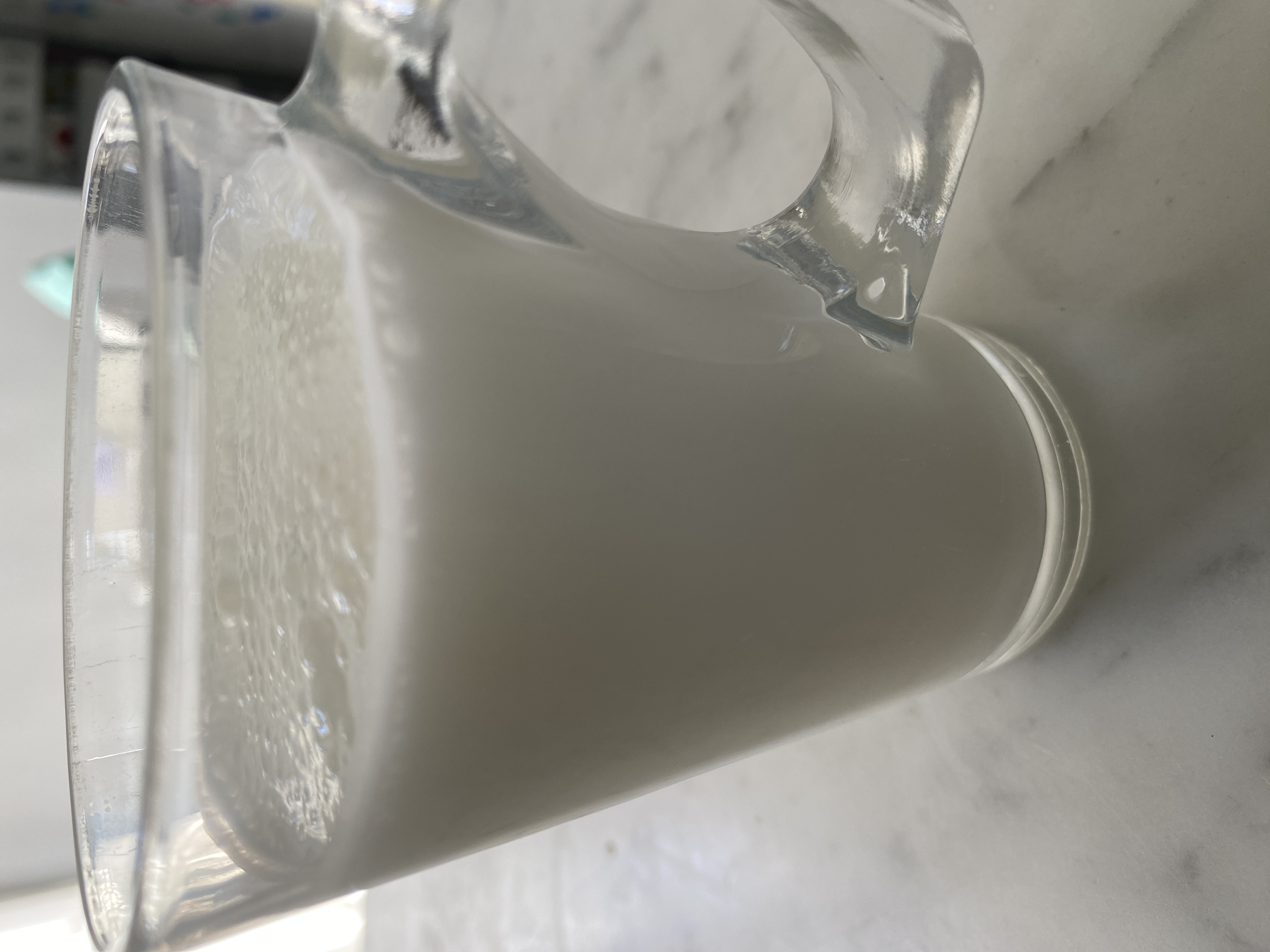ENTER A PRODUCT: Submission #62
Secondary tabs
Submission information
Submission Number: 62
Submission ID: 68
Submission UUID: ea3e74ce-1c86-4417-a6bf-8e57aa347d25
Submission URI: /slowfood/form/segnala-un-prodotto-bk1
Created: Fri, 05/05/2023 - 07:06
Completed: Fri, 05/05/2023 - 07:07
Changed: Thu, 07/20/2023 - 10:07
Remote IP address: (unknown)
Submitted by: admin-form
Language: English
Is draft: No
Current page: Complete
Webform: ENTER A PRODUCT
General Info
Laban Makheed/Makheed yogurt
| Category |
|---|
| Latticini e formaggi |
Geographic area: Jordan
Latitude: 30.585164
Longitude: 36.238414
Location: 30.585164,36.238414
Formatted Address: Giordania
Country: Giordania
Country Code: JO
Latitude: 30.585164
Longitude: 36.238414
Location: 30.585164,36.238414
Formatted Address: Giordania
Country: Giordania
Country Code: JO
Product description
Home production of dairy products is of regional importance. This type of processing is dominant for the sheep and goats farmers. These Small dairy shops process different types of dairy products such as yogurt Laban Rayeb, Laban Makheed, Labaneh (Laban Jamed), Jameed and white cheese.
Laban Makheed is the product obtained directly from churning fermented or soured milk that separates it from the butter. Therefore it has a sharp and acidic taste with a strong buttermilk flavor. It has a smooth watery consistency due to the whey. Traditionally made from sheep and goats milk, It is thought to be originally from the Middle East and North Africa where it has been drunk for centuries by the nomadic people to replenish water and salts in the body.
Laban Makheed is the product obtained directly from churning fermented or soured milk that separates it from the butter. Therefore it has a sharp and acidic taste with a strong buttermilk flavor. It has a smooth watery consistency due to the whey. Traditionally made from sheep and goats milk, It is thought to be originally from the Middle East and North Africa where it has been drunk for centuries by the nomadic people to replenish water and salts in the body.
Laban Makheed is basically used as a cold beverage and is essential in cooking traditional dishes when it is in season, it is also used for cooking traditional recipes when it is available in the season. Many traditional recipes rely on wheat ( whether in the form of whole wheat, cracked wheat, green wheat, flour or breads) and cooked yogurt. Recipes using Laban Makheed in cooking are in decline and this knowledge is diseapring and only is done in households by the older generation.
In the area of intervention milk from both sheep and goats can be used to make the Makheed.
The producers are breeders of goats or/and sheep. They could also sell their milk to relatives and neighbors that process the milk for their household and the surplus for selling. The production period starts in february till the end of August.
After the milk is obtained from the goat/sheep, the first step is boiling the milk in an uncovered pan to sterilize it; after cooling, traditionally the milk is inoculated with yogurt from a previous batch, this process in Arabic is called Tarweeb, then the milk is incubated for few hours and churned afterwards in a leather bag made from goat skin called Al-Shakwa to separate the yoghurt from the butter, the resulting yoghurt will include the whey.
The producers are breeders of goats or/and sheep. They could also sell their milk to relatives and neighbors that process the milk for their household and the surplus for selling. The production period starts in february till the end of August.
After the milk is obtained from the goat/sheep, the first step is boiling the milk in an uncovered pan to sterilize it; after cooling, traditionally the milk is inoculated with yogurt from a previous batch, this process in Arabic is called Tarweeb, then the milk is incubated for few hours and churned afterwards in a leather bag made from goat skin called Al-Shakwa to separate the yoghurt from the butter, the resulting yoghurt will include the whey.
There is no official data on the quantity produced, as it is usually made at the households and it depends on the size of the flock. It’s sold in small local dairy shops, breeders produce and sell to the area or to the dairy shops, women produce it for their households own consumption.
NO
Upload space
- Image:
